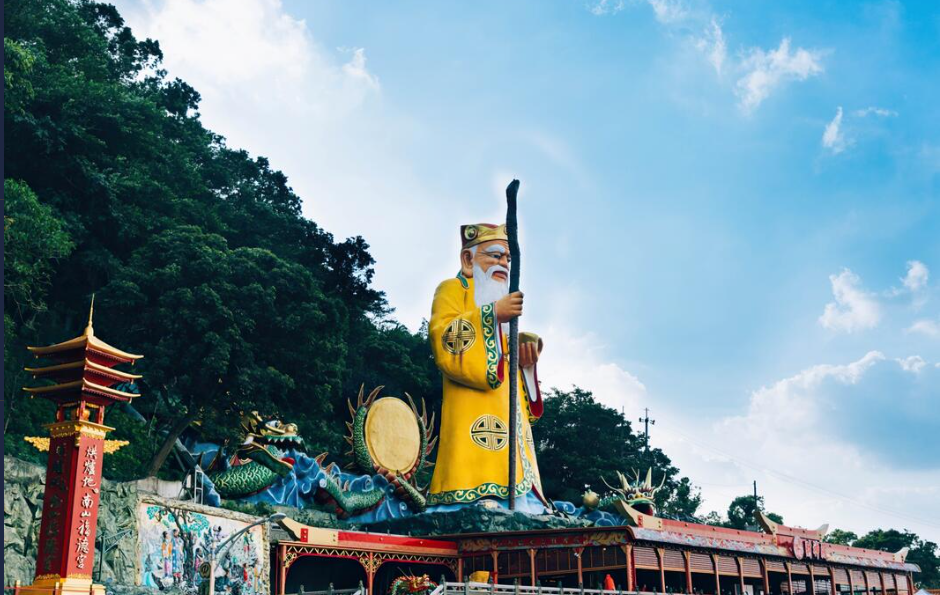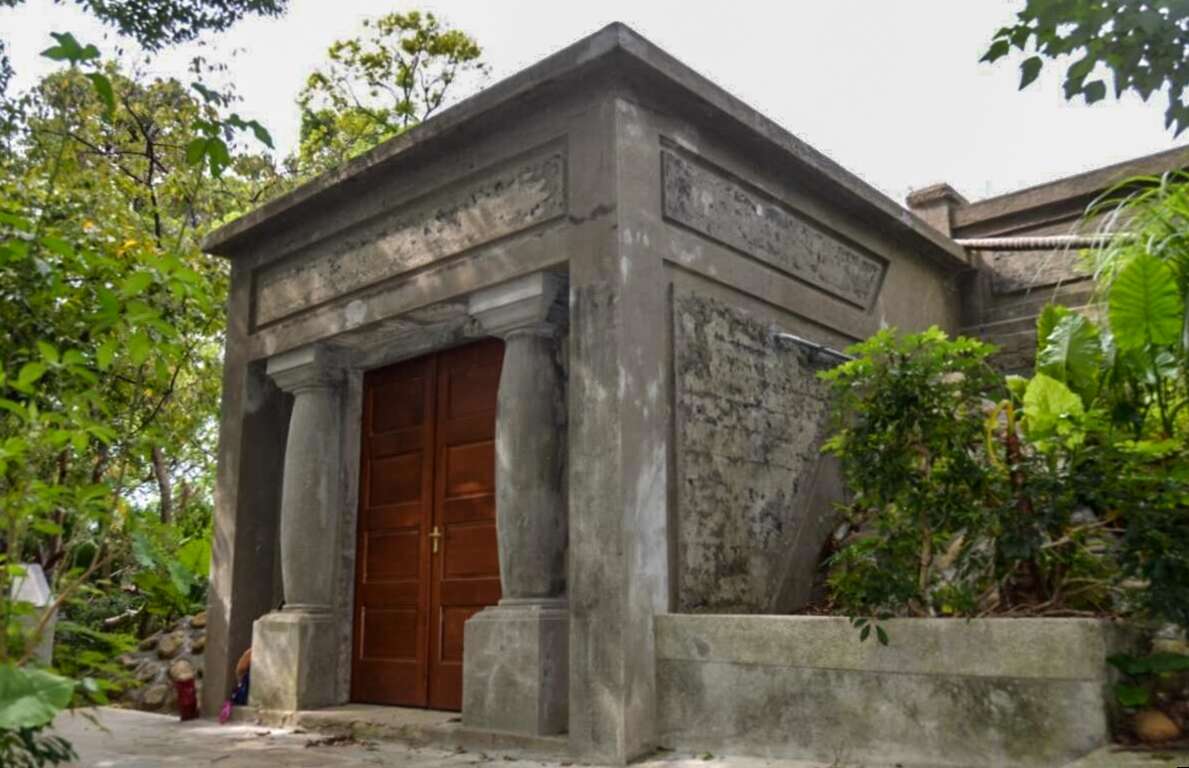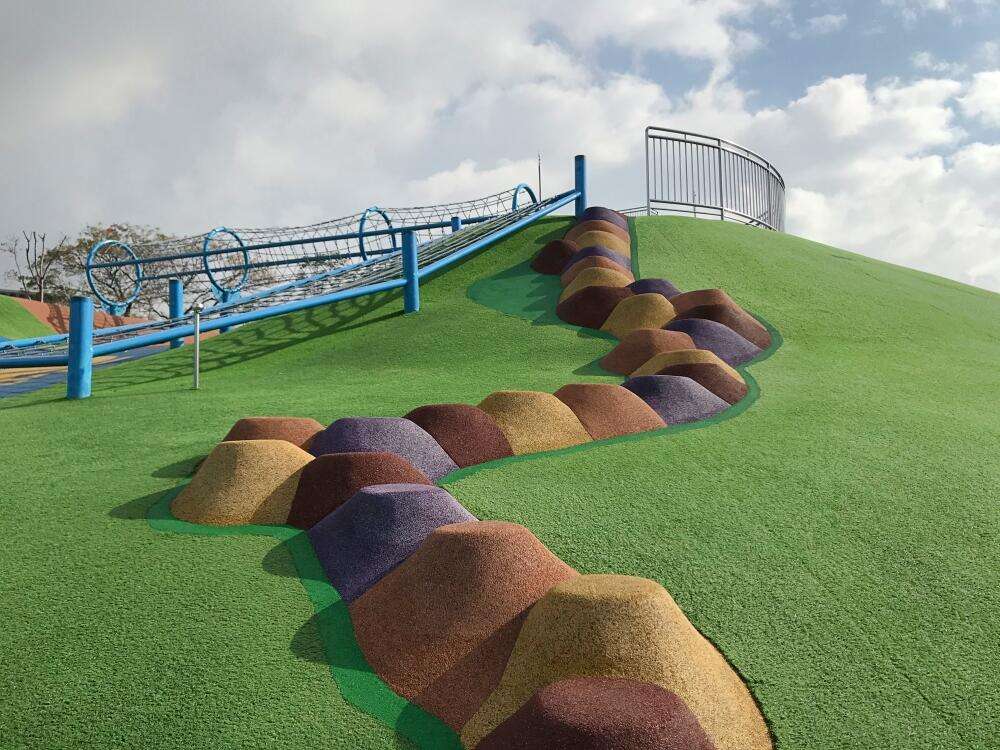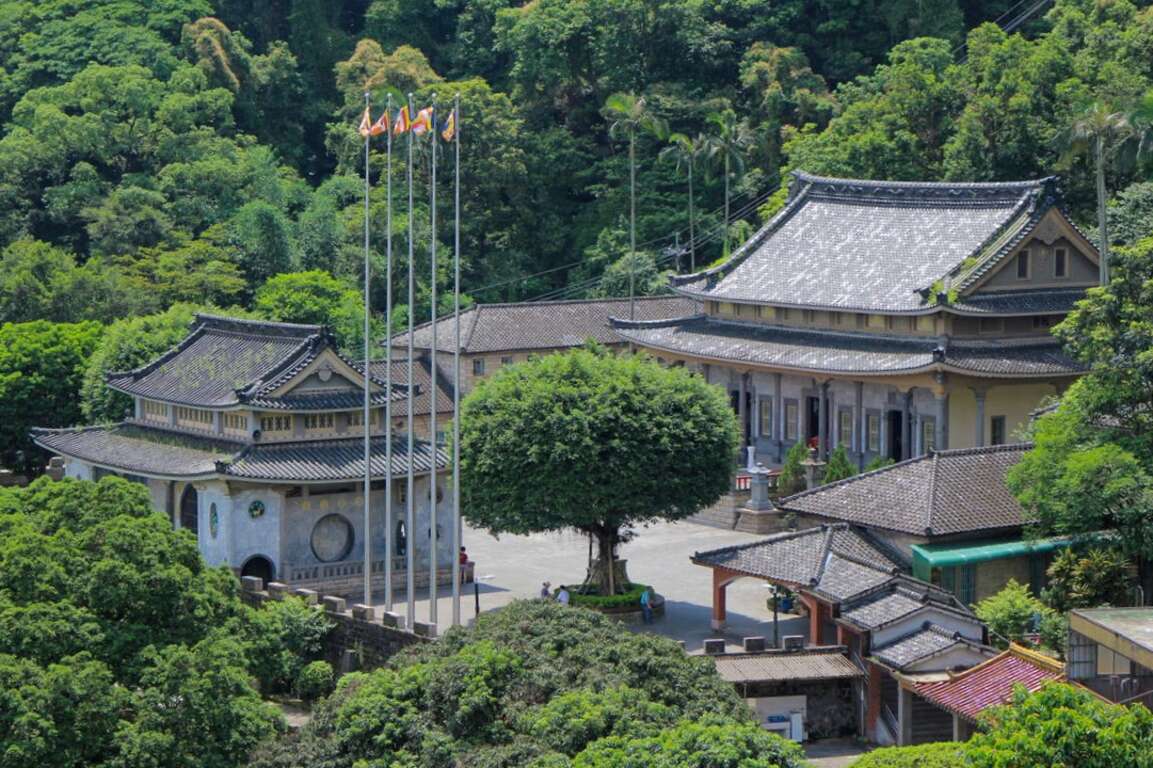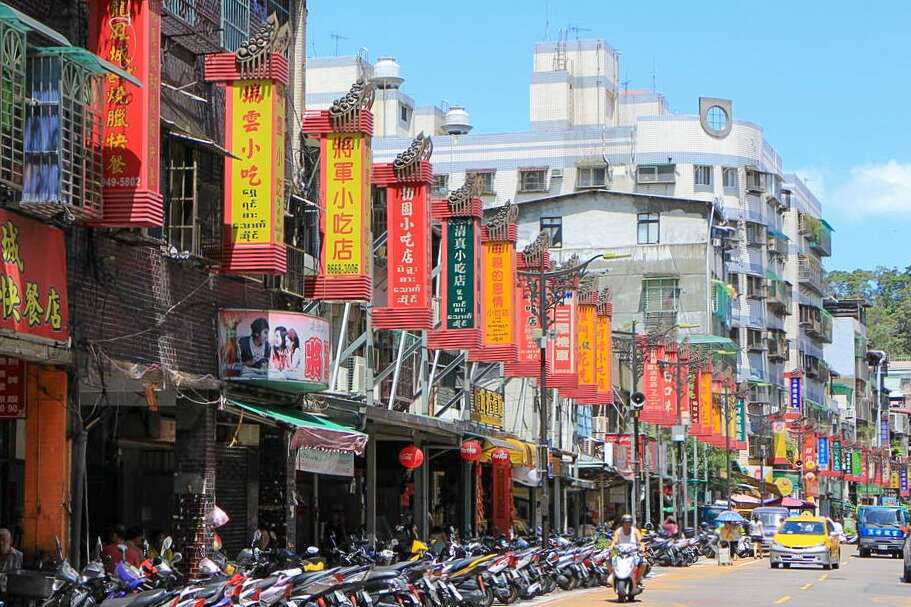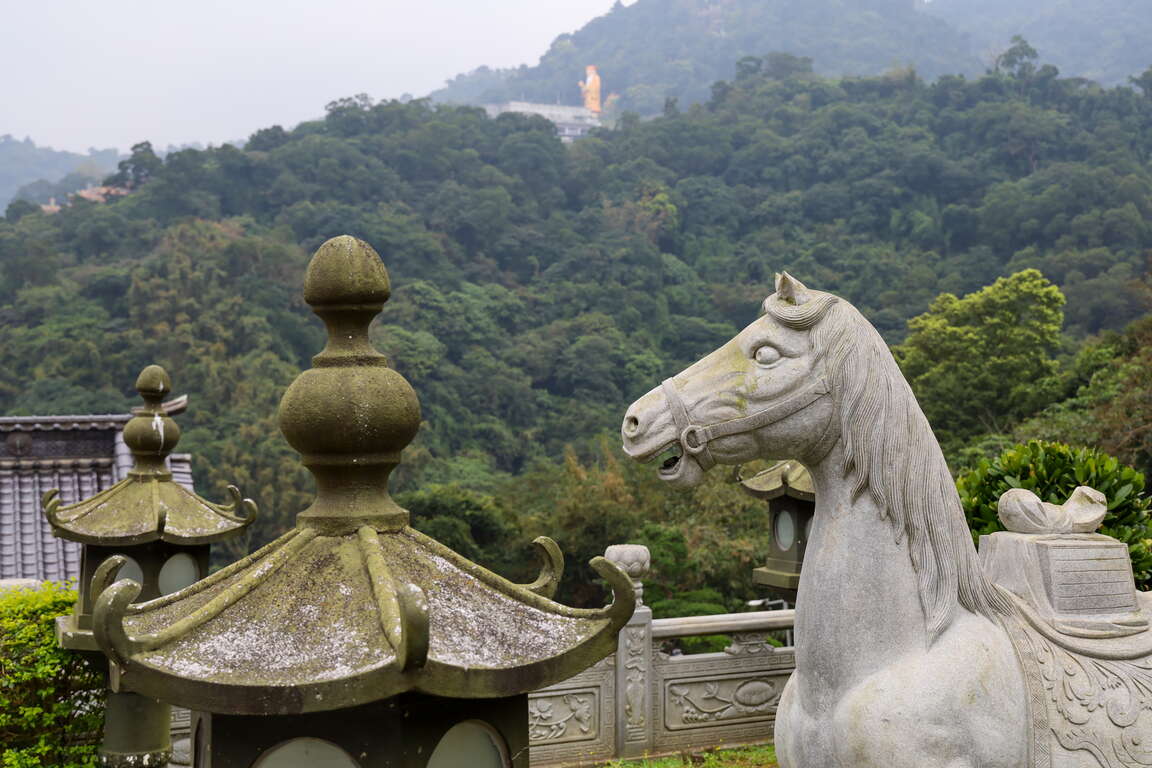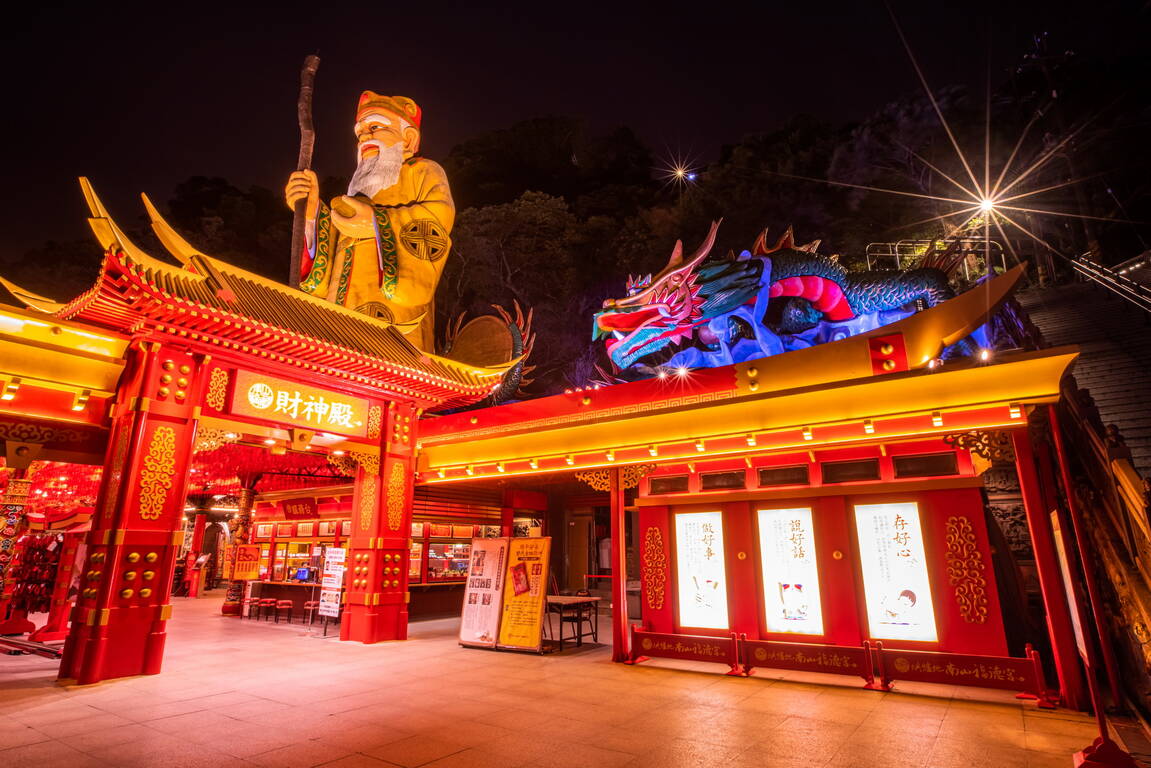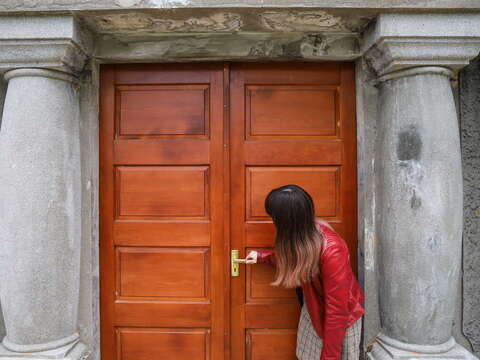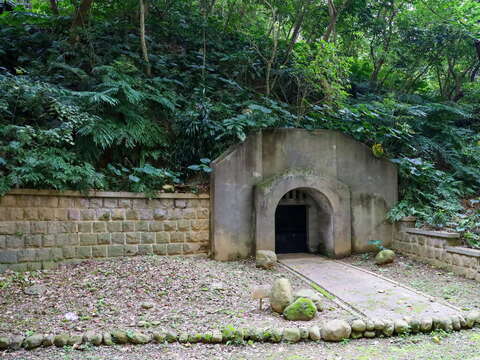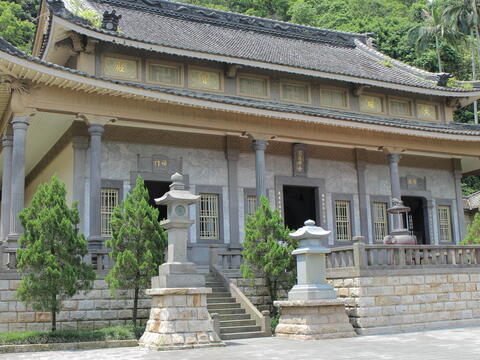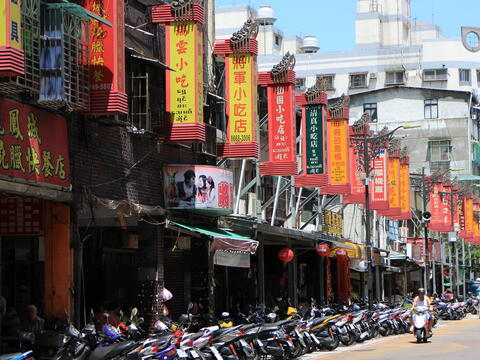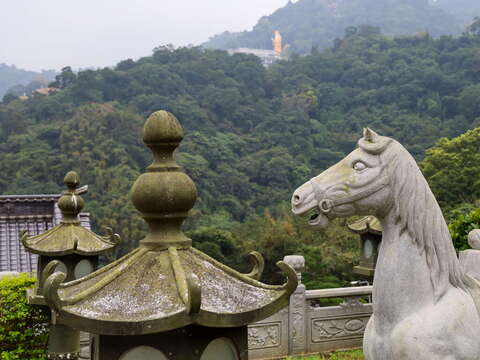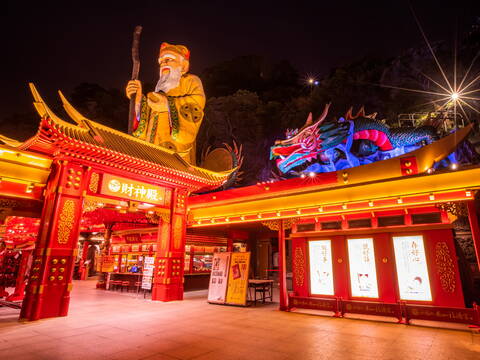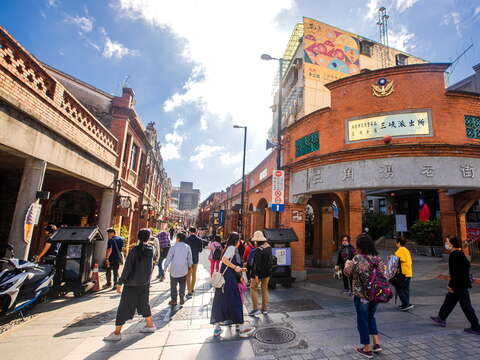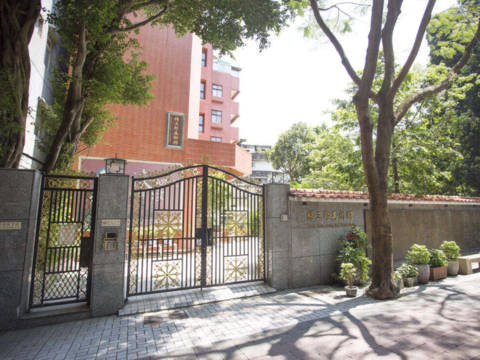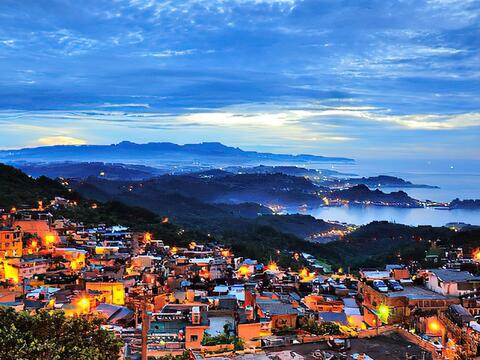Yuanshan Park
It doesn't take a trip abroad to find featured parks. In New Taipei City, there are numerous featured parks. Located in Zhonghe, Yuanshan Park is a kid's wonderland and playground; it's a must-go destination for mom and dad to come with their kids! About an area of 3 hectares, the big park is facilitated with the inclusive playground equipment, the PU floor is safe protection. Built along the terrain, the tunnel net and climbing wall are the place to train kid's hand-foot coordination; besides the general type swings, there are bird's nest swings and diaper swings available for kids in different ages to enjoy the fun going up and down; the giant sandpit with a vine-shaped hand-foot bathing basin aside, it's convenient to wash the hands and feet after playing in the sand.
